Adox CHS 100 II is an orthopanchromatic film on a PET base.
Orthopanchromatic? What is that? In brief, somewhere between ortho and pan, but the long and better explanation is as follows. Several sites describe it as less red sensitivity than panchromatic films, but looking at the spectral response curves for CHS 100 II compared to FP4 and Fomapan 100 (both panchromatic) the main difference is not at the red end but CHS 100 II has much greater blue sensitivity – in fact the spectral response seems to be virtually the same as Ilford Ortho with the red end sensitivity added on. FP4 and Fomapan curves rise steadily from the blue end to peak in the yellow area whereas CHS is basically flat (with a small dip in the blue/green area). This difference in spectral response has interesting implications for both filtration and grey-scale rendition – a yellow filter should have a more dramatic effect on the CHS compare to a panchromatic film.
PET base? A completely clear base unlike most films which have base fog. There is a minor disadvantage in that the film base can act like a light pipe – loading film in bright light should be avoided as light can travel down the film base to fog the film. (I haven’t tried this yet but it sounds like fun!) Adox say there is a special backside coating to prevent light piping if the film is loaded in subdued light. Note too that, according to one web review, if the sun is in the scene near the frame edge light can cross to the neighbouring frame – although I think this is not unique to PET base films.
The film is new to me but was released in 2013 after problems caused the end of the original CHS 100. There are several reviews on the web dating from that period, in particular by Alex Luyckx (blog no. 73). However although I was aware of the Adox name (and their Rodinal has been one of my favourite developers for many years) their films never struck me as prominent or widely used, but looking at their website they have several interesting and unusual films with dedicated developers.
Anyway, terminology out of the way, how does the (one year past its use by date) film perform? For testing I shot a wide range of subjects under several lighting conditions using a Leica M3 with the Elmar f2.8 or Zeiss Planar 50mm lens using two CHS films – the first largely in dull light, the second in bright sun. I also shot a parallel test alongside the first CHS film using another M3 and a Zeiss Sonnar 50mm lens and FP4. All films were developed in Adox Rodinal 100:1 semi-stand for 60 minutes. The Elmar is in excellent condition (no haze) and most shots were taken at f8 or narrower aperture so differences in lens designs will be immaterial. There was a small difference in actual exposure between the two cameras arising from variations in shutter speeds plus a minor difference in transmission of the two lenses. After development the FP4 dried completely flat as always but the CHS had a curl but not sufficient severe to interfere with subsequent scanning although at one point the film sleeve did roll up and took off across the floor.
For the film where there were parallel shots using FP4 I compared about 30 images side by side using both the auto matched tone curve and my preferred curve. While differences were mostly subtle or exposure related, depending on subject matter I marginally preferred CHS for an indoor lighting shot but generally preferred the FP4 rendition. I looked for significant differences in tonal response on building photographs under a grey sky but did not find any. Looking at the histograms FP4 seemed to have a stronger contrast between the mid-tones versus the highlights and lowlights. Looking at the images CHS seemed duller.
The biggest difference in the images was the CHS showed more intrusive grain although on enlargement the grain difference was not in size but in micro-contrast. The amount of grain may be down to the response of each film to Rodinal developer rather than being intrinsic to the film.
Dull light tends to produce dull images. I was hoping to see strong differences in tonal rendition but did not find any. Perhaps it’s purely down to my preferences but the images in strong light I found far more to my liking. In the images shown here I have tried to stay close to a straight line contrast curve between the black and white points.
The featured image of silver birch trees was taken when the sun was setting and just broke through the cloud on an otherwise dull day.
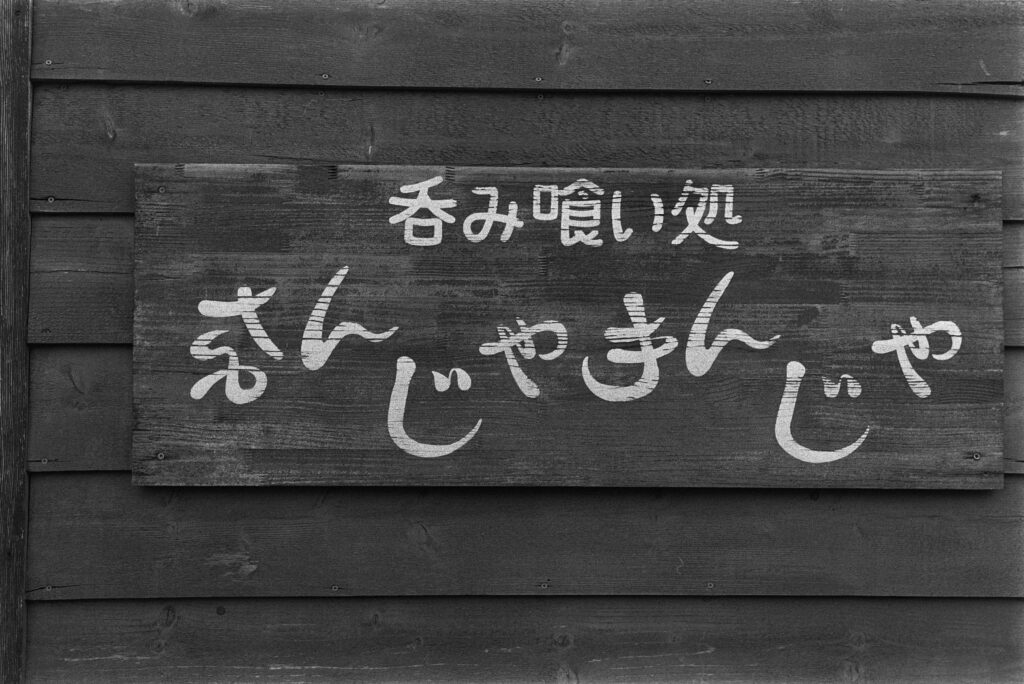
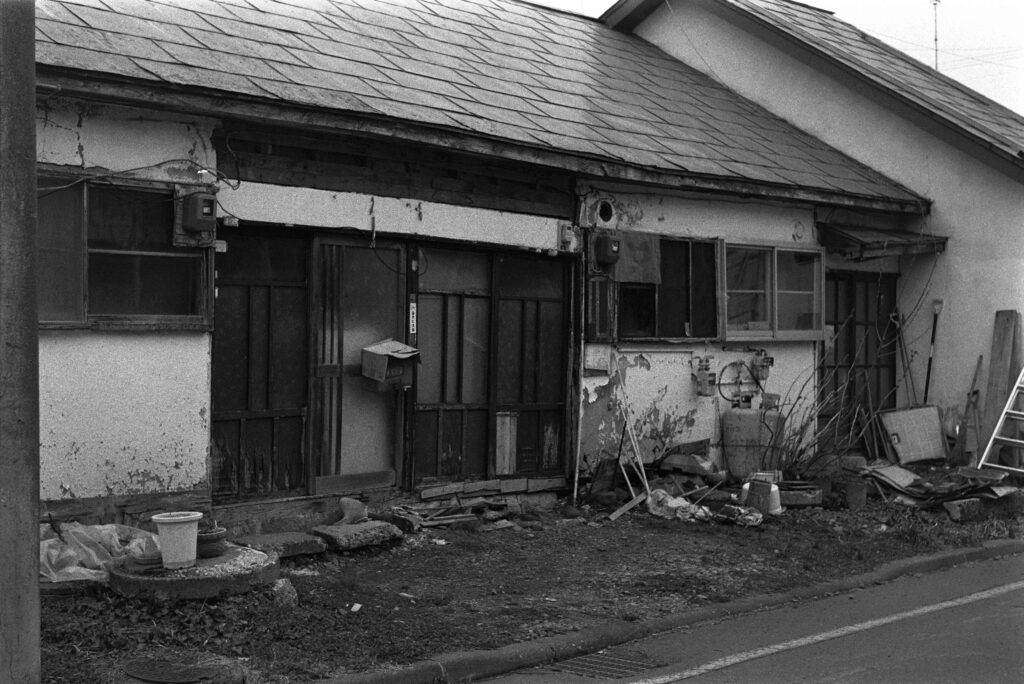

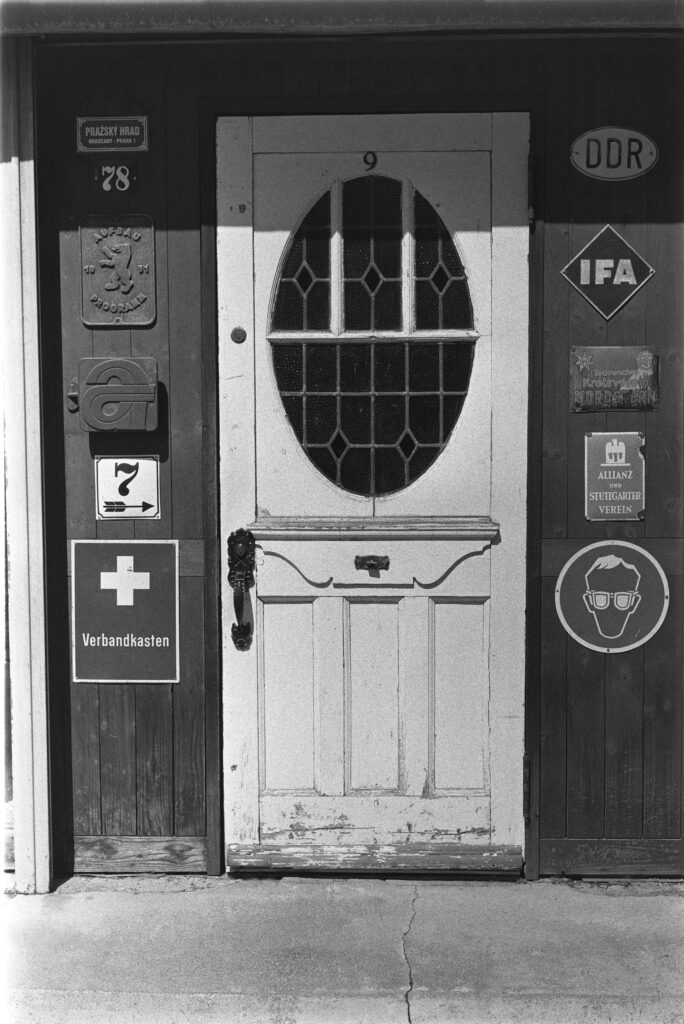
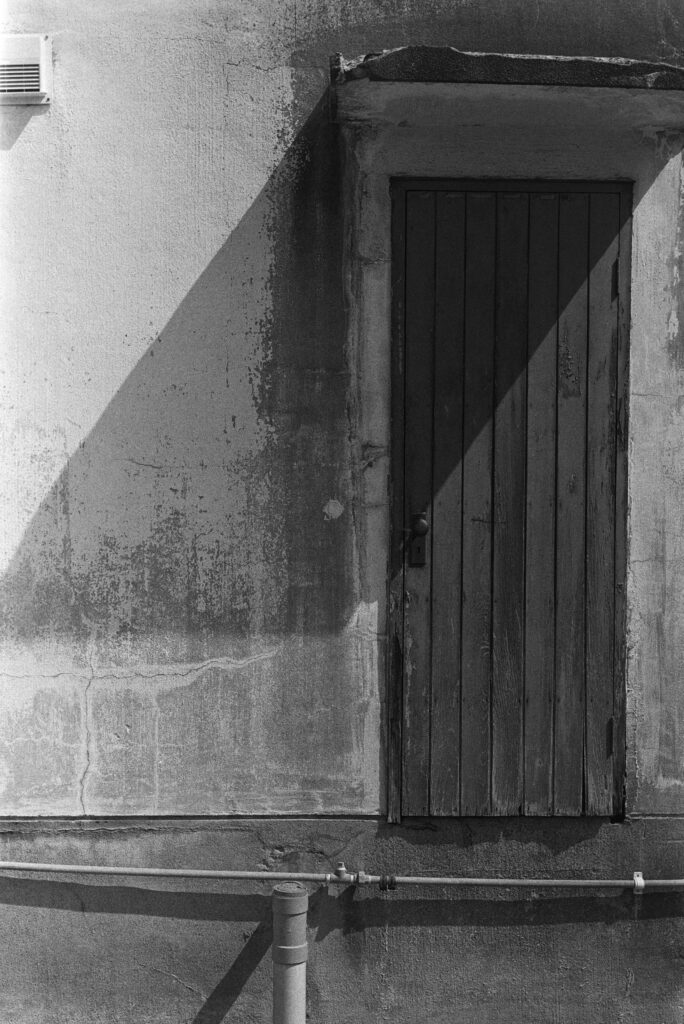
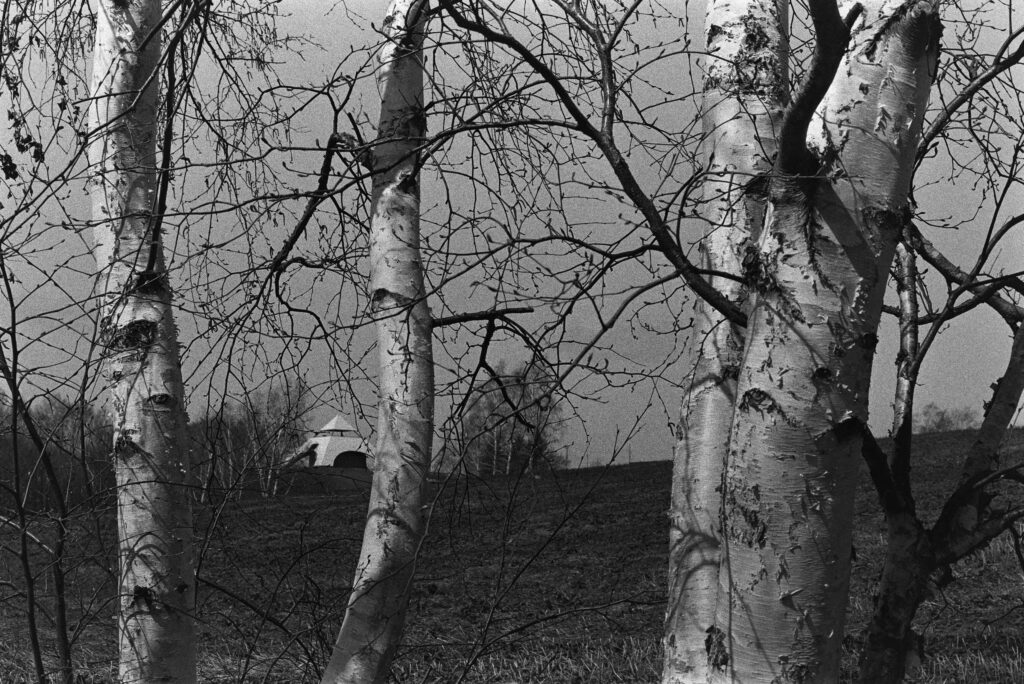
Thanks for reading.
Share this post:
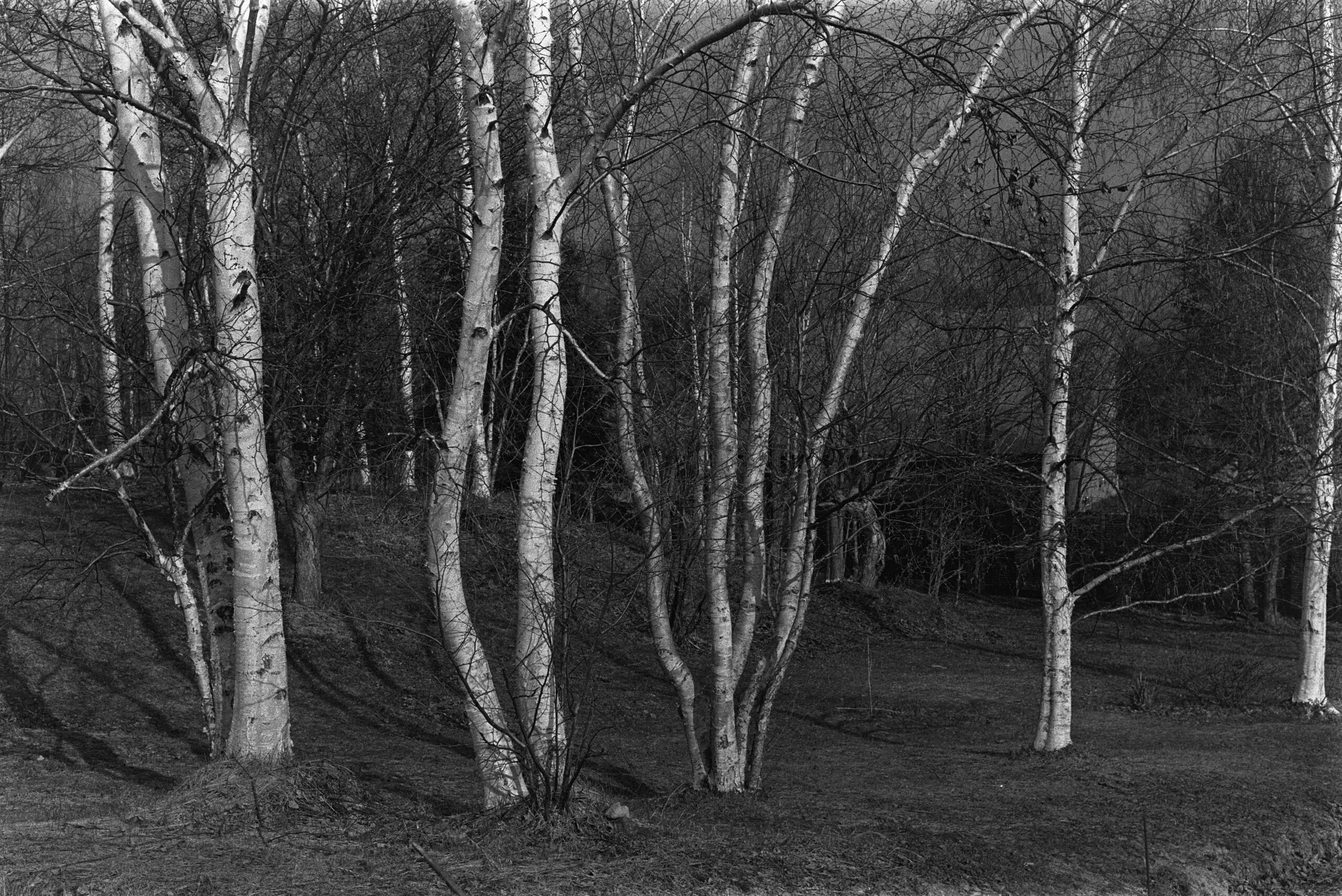
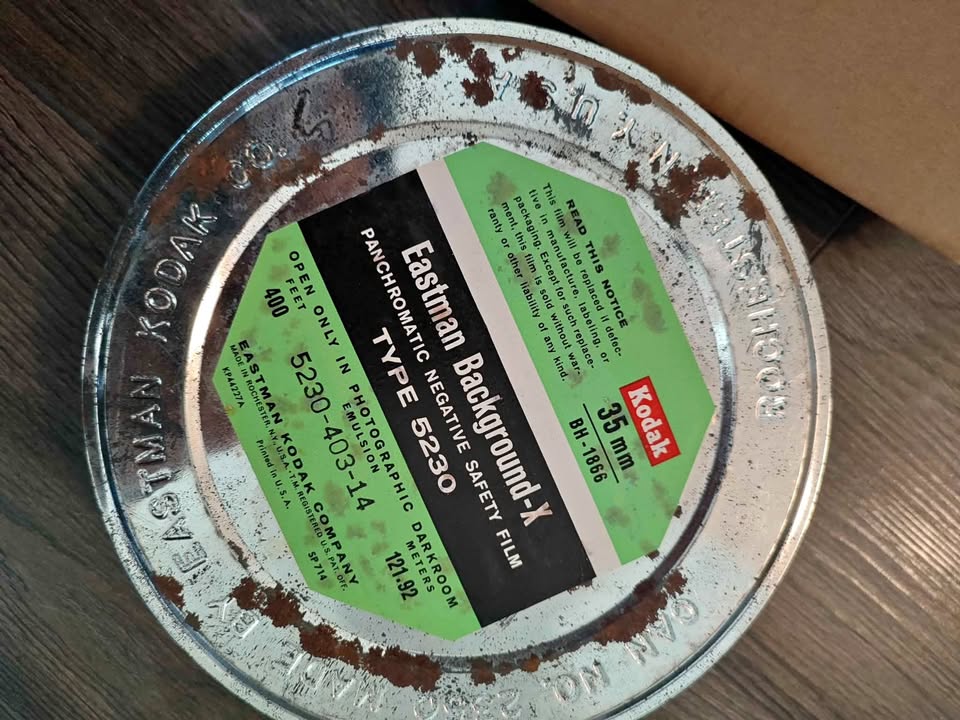

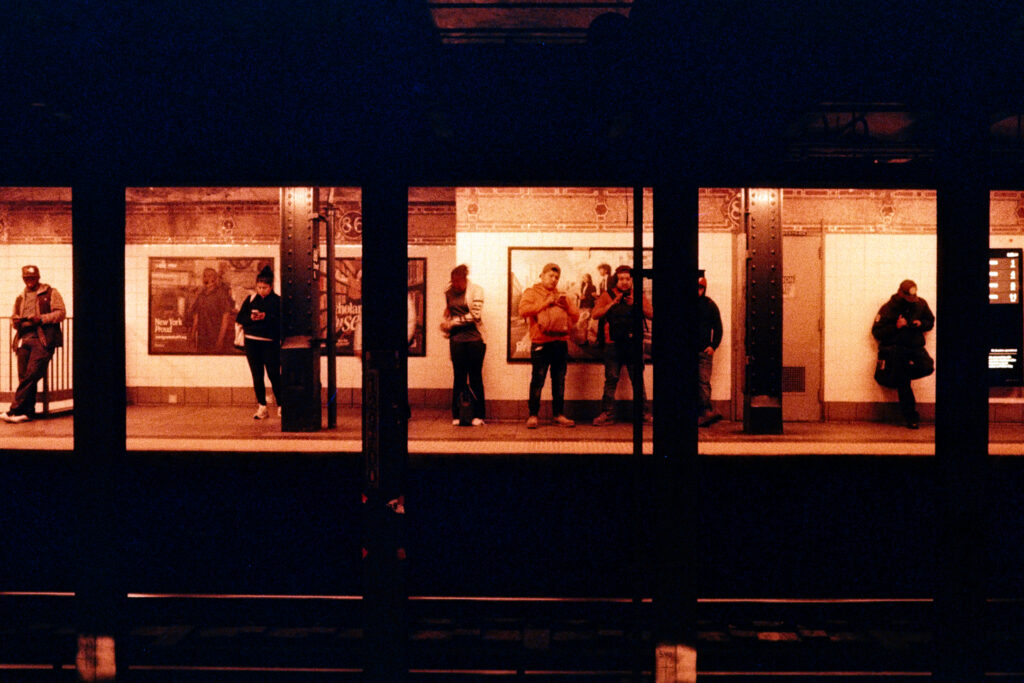
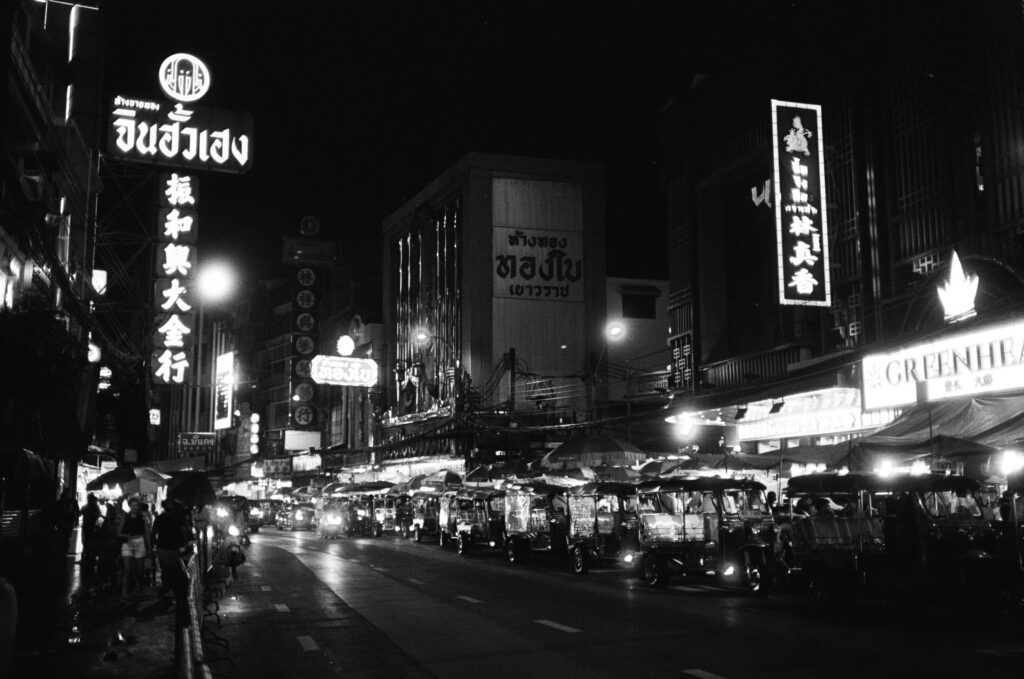




Comments
Uli Buechsenschuetz on Adox CHS 100 II – First Impressions
Comment posted: 17/06/2024
This is a timely post as I am waiting for a batch of Adox CHS 100 II to come back from the lab (actually the Adox / Fotoimpex lab outside Berlin).
I have bought this film as I was looking for a classic 100 speed film and thought it was a good idea to support Adox as a local manufacturer.
The price of the film was close enough to that of FP4 in Germany.
The film is also available as 120 and sheet film.
Comment posted: 17/06/2024
Miguel Mendez on Adox CHS 100 II – First Impressions
Comment posted: 17/06/2024
Comment posted: 17/06/2024
Mathias W on Adox CHS 100 II – First Impressions
Comment posted: 17/06/2024
Comment posted: 17/06/2024
Jeffery Luhn on Adox CHS 100 II – First Impressions
Comment posted: 17/06/2024
I'm not a fan of grain, so I have a love-hate relationship with Rodinal.
Love: The sharpness and punch from 1:25 dilution. The convenience and long shelf life.
Hate: Pronounced grain with HP5. In fact, all 35mm. Not too bad with medium format.
When Panatomic X was available I loved using it with 1:50 Rodinal, especially with studio strobes. I got great quality, even in 35mm. It also does a decent job with 120 size FP4, but I don't like the grain I get with 35mm with FP4 or HP5.
I see you and other folks doing 1 hour development times at 1:100 Rodinal. Has that had any effect on grain? I know the benefits of compensating developers and long times, but doesn't long wet times also increase grain? Thanks, in advance of your reply.
Comment posted: 17/06/2024
John Earnshaw on Adox CHS 100 II – First Impressions
Comment posted: 18/06/2024
The original CHS 100 has a PET base too and interestingly must not be processed above 24 degrees to prevent the emulsion separating from the base! I would hope Adox have sorted this problem in CHS 100 ll.
Comment posted: 18/06/2024
Tony Warren on Adox CHS 100 II – First Impressions
Comment posted: 19/06/2024
Comment posted: 19/06/2024